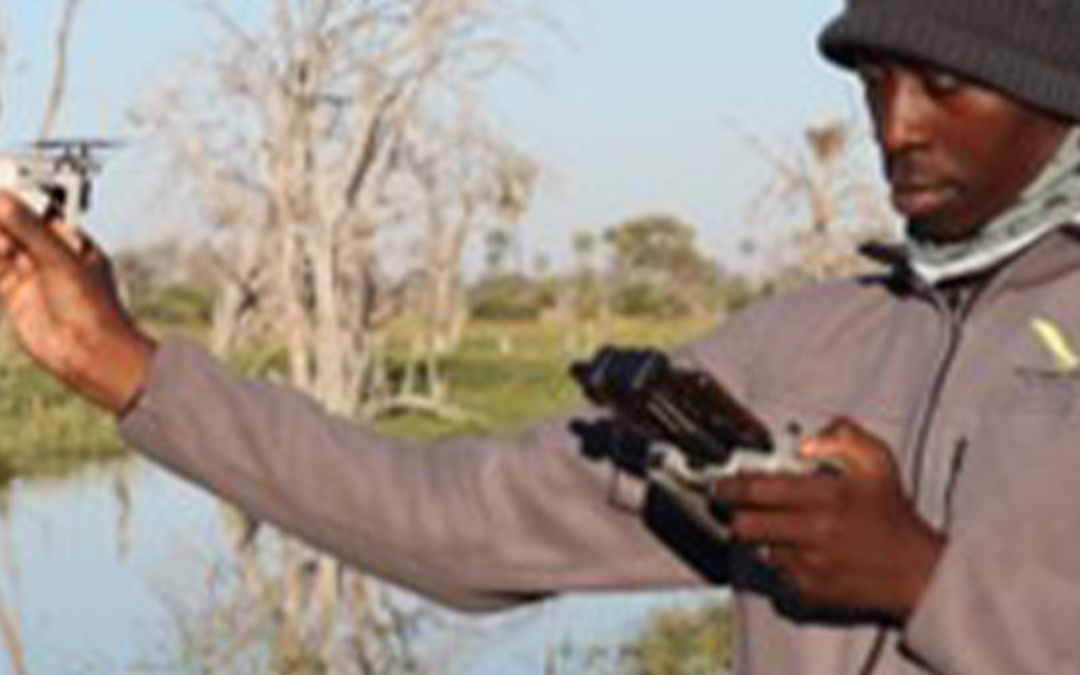
The unfinished journey: capturing Wattled Cranes for conservation
Conservationists face challenges in capturing and tracking Wattled Cranes in the Okavango Delta, highlighting the importance of innovative techniques and international collaboration.

Conservationists face challenges in capturing and tracking Wattled Cranes in the Okavango Delta, highlighting the importance of innovative techniques and international collaboration.
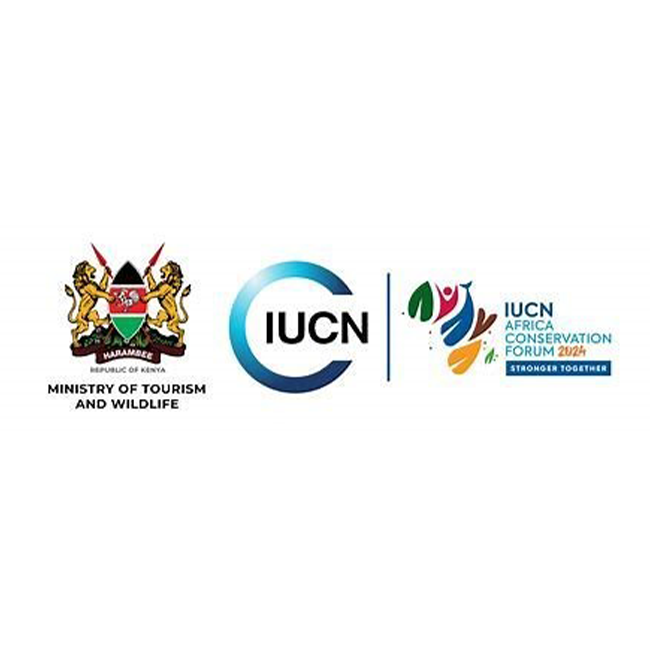
The African Conservation Forum 2024, held in Nairobi, united diverse stakeholders to address Africa’s biodiversity and climate challenges, aiming to strengthen the continent’s voice ahead of the 2025 IUCN World Conservation Congress.

Discover the urgent need to balance nature and development in South Africa’s arid regions through sustainable practices and innovative conservation efforts.
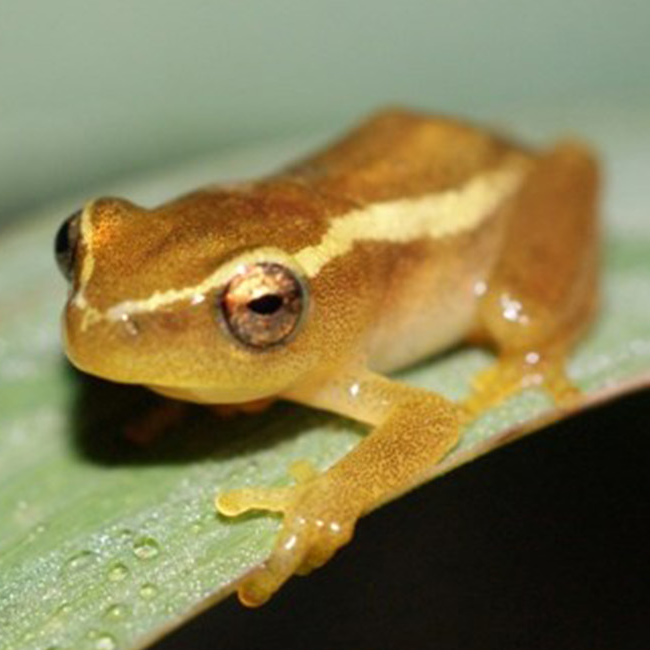
Greater financial support and collaboration are crucial to saving endangered species from extinction, emphasized participants at the World Species Congress Satellite Event.
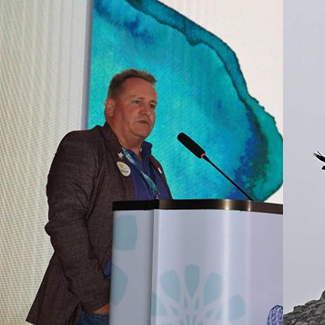
The 14th Conference of the Parties to the Convention on the Conservation of Migratory Species of Wild Animals (CMS), recently held in Uzbekistan, saw the launch of a number of reports, most notably the first analysis on the Status of the World’s Migratory Species and the review of the Mid-Term Implementation Action Plan to Conserve African-Eurasian Vultures (Vulture MsAP).
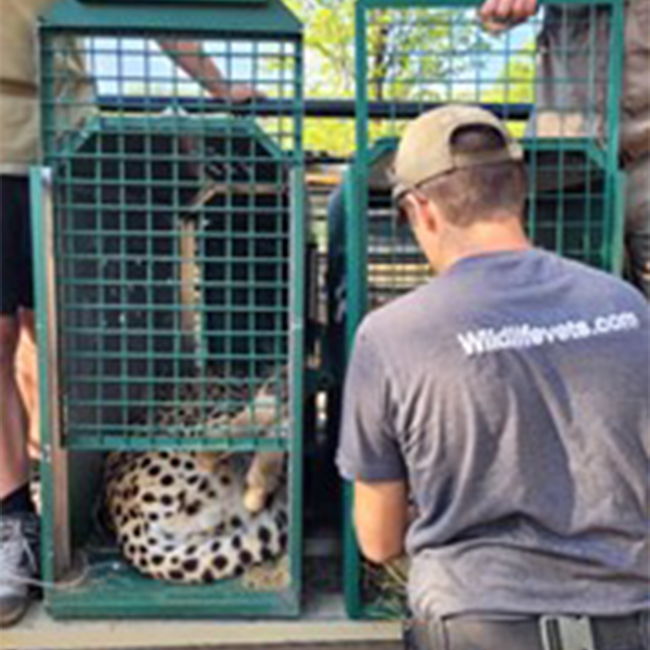
The Cheetah Range Expansion Project has recorded a major success with the relocation of three male Cheetah from Malawi to South Africa.